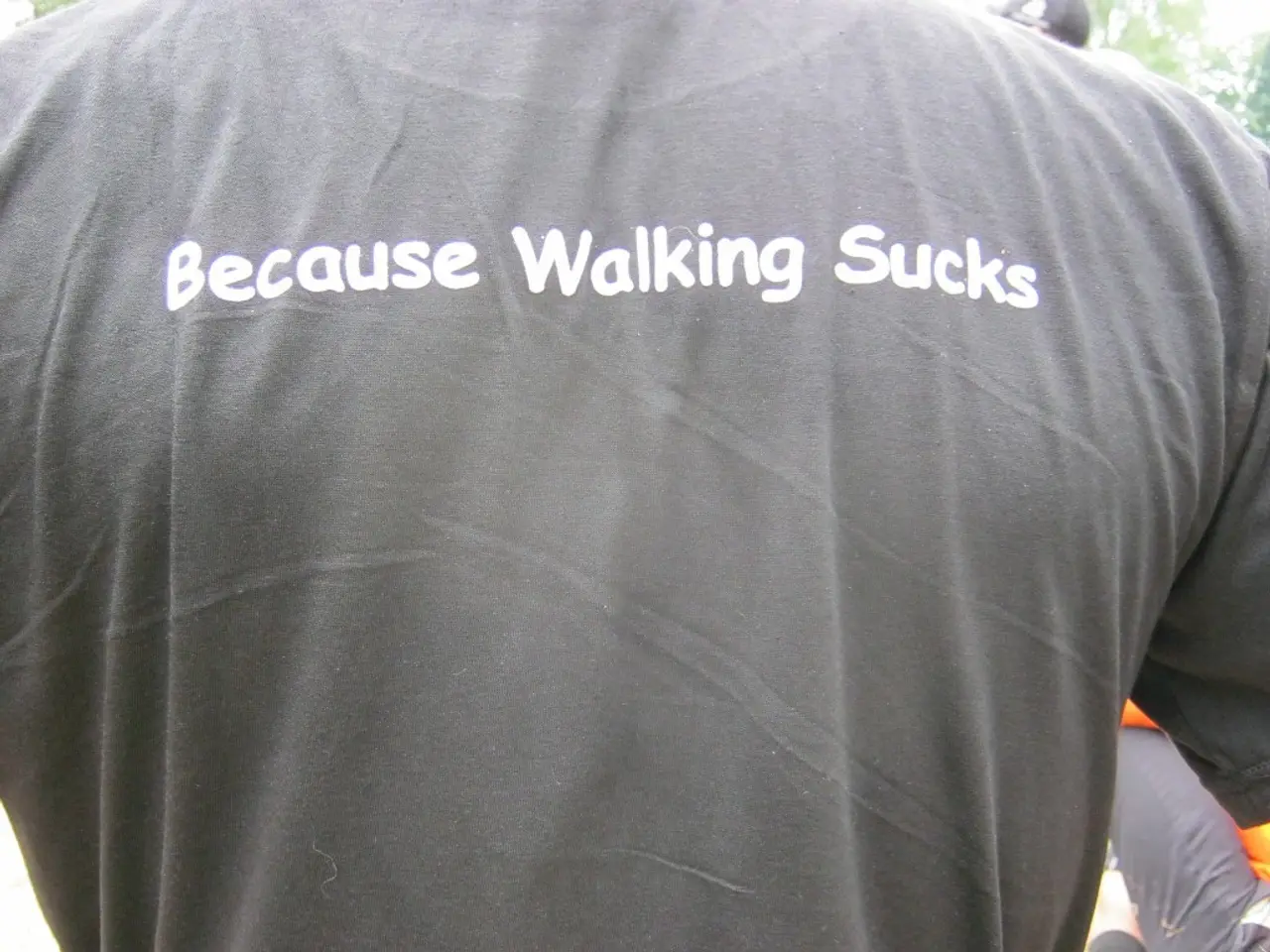Tai Chi walking, a mindful and slow-paced exercise, is gaining popularity over traditional Japanese walking, and may contribute to extended lifespan.
Tai Chi walking, also known as 'cat walking', is a slow, intentional exercise that is gaining popularity for its numerous benefits. This unique form of movement aids balance and posture, builds strength in leg muscles, and increases mobility.
The exercise philosophy is shifting towards manageable lifestyle integrations, and Tai Chi walking exemplifies this change. There's no requirement on how far you should be 'walking' during Tai Chi walking. Instead, the focus is on deep breathing and moving in a way that feels good.
Each step in Tai Chi walking involves picking up the foot, placing the heel first, and then gently placing the rest of the foot down, followed by leaning weight onto it. The other foot should begin to reach off the floor and tuck behind the leg you've just stepped forward with, helping build lower-back strength.
The name 'cat' walking comes from the movements resembling a cat's walk. Standing up straight, looking forward, and sinking into the knees while shifting weight between left and right sides are all part of the Tai Chi walking technique.
Studies have shown that Tai Chi walking offers more than just physical benefits. A study published in the Journal of Biomechanics found that Tai Chi gait requires significantly more muscle strength and challenges body balance. Another study, published in the American Journal of Medicine, revealed that Tai Chi walking improves blood pressure and quality of life in patients with chronic heart failure.
Tai Chi walking is also beneficial for mental health, offering stress reduction benefits. It is recommended for older people as it aims to prevent falls. A 2013 study showed that regular practice of Tai Chi was associated with a 20% lower risk of death among men followed for 5.5 years.
Moreover, the Tai Chi Foundation credits Tai Chi walking for improving cognitive ability in older adults. The BMJ Evidence-Based Medicine journal suggests that Tai Chi walking may have a similar impact on sleep duration as yoga, providing an extra two hours of sleep each night.
For those interested in learning Tai Chi walking, a tutorial is available to help understand the movements better. Tai Chi walking paths promote regular movement, improve balance, and enhance relaxation, contributing to better overall physical health and mental well-being.
Read also:
- Peptide YY (PYY): Exploring its Role in Appetite Suppression, Intestinal Health, and Cognitive Links
- Toddler Health: Rotavirus Signs, Origins, and Potential Complications
- Digestive issues and heart discomfort: Root causes and associated health conditions
- House Infernos: Deadly Hazards Surpassing the Flames








